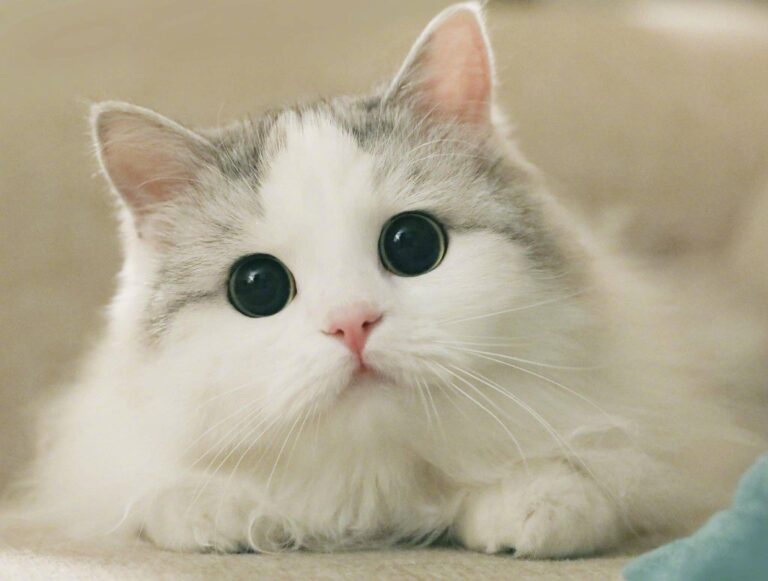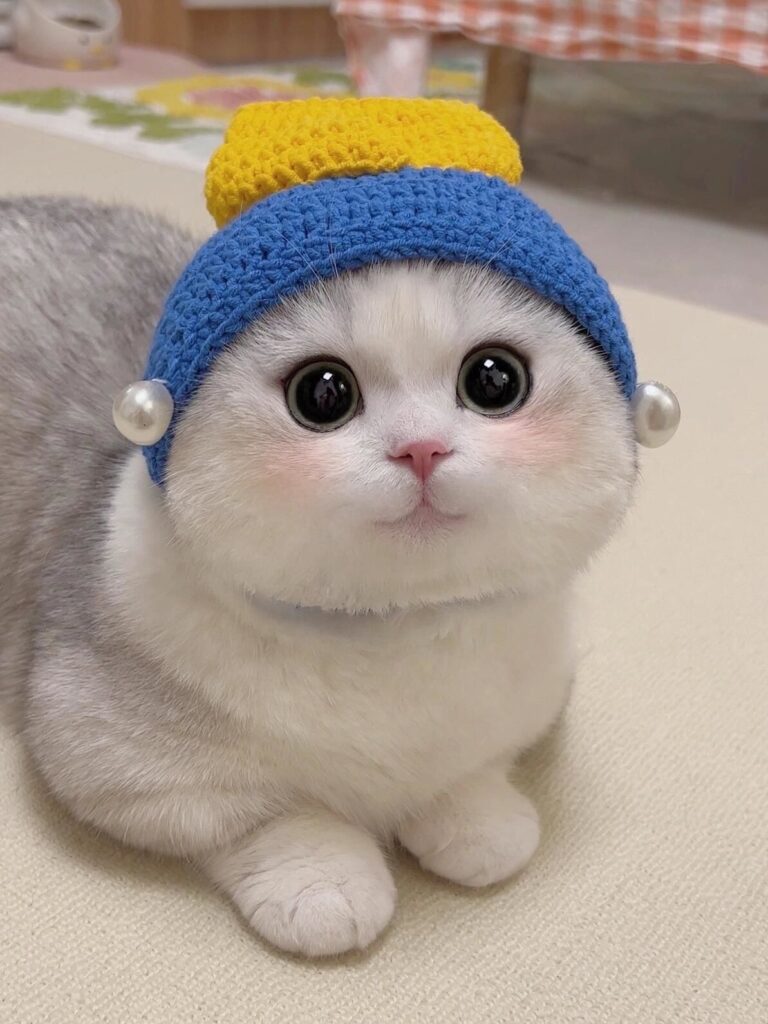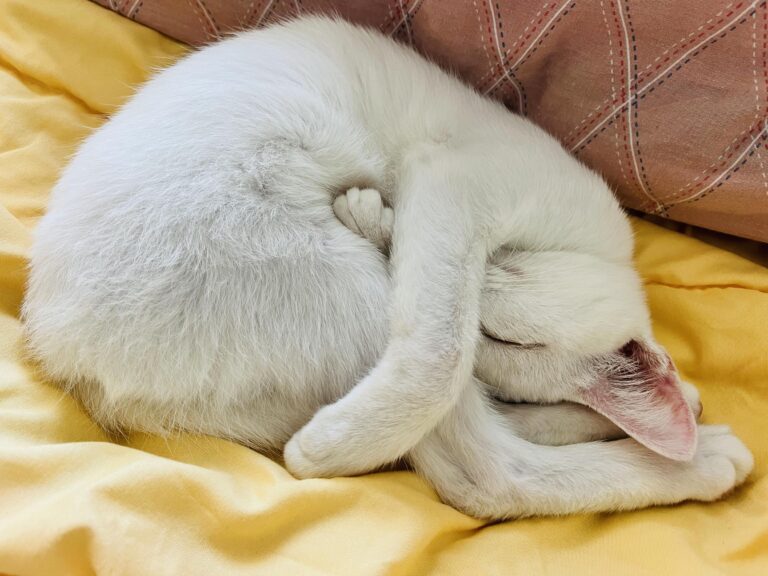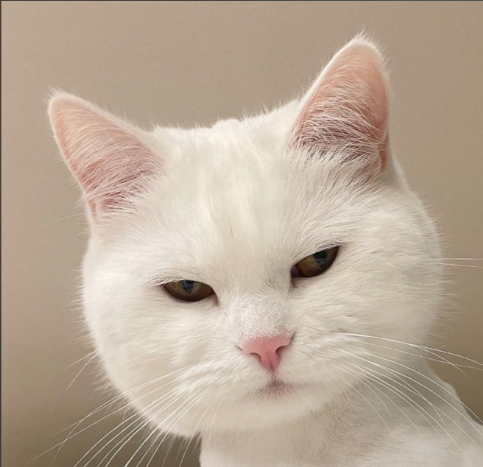6 signs that your cat is a social butterfly. How many of these do your cats have?
Who says cats are all aloof? “Sheniu” cats are the social masters of the feline world.
They’re not shy and love to interact, willing to be petted, cuddled, and kissed. They’re even open to everyone…
However, many cats might be friendly with your friends, but disappear as soon as the delivery guy rings the doorbell. Or they might be very friendly with people, only to erupt in fur and pant at the mere sight of a cat…
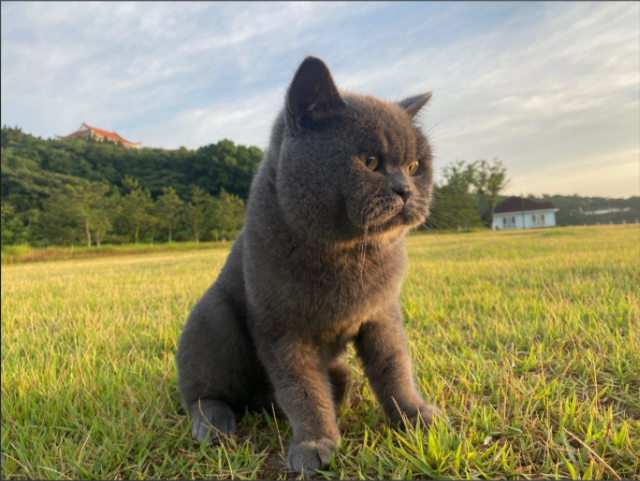
So what are the criteria for identifying a Sheniu cat?
A research team from the University of South Australia and the University of Wellington conducted personality tests on 2,802 domestic cats in Australia and New Zealand, and identified six broad categories of “extroversion” personality traits.
Let’s see how many of these traits your cat has.

- Courageous: A calm and composed cat who remains unfazed in the face of adversity.
They are not afraid of unfamiliar animals or environments, and may even engage in physical contact with them on their first encounter.
Typical behaviors include: actively welcoming guests by the door and rubbing their legs against them; calmly patrolling the area while exploring outdoors rather than staying close to the ground; and peeked in to observe or even hit the vacuum cleaner when it makes noise…
These cats typically experience frequent exposure to a variety of people, sounds, and environments during their critical socialization period (2-7 weeks of age), gaining a wide range of experiences and knowledge, leading to greater confidence as they grow older. Furthermore, some breeds, such as Maine Coons, Ragdolls, and Siamese, are naturally more sensitive to stimuli and may have a more “dog-like” personality.

02.Confidence: The “King” with a Natural Aura
They possess a strong sense of self-awareness and confidence in their ability to handle any challenge.
Typical signs include: holding their tail high and walking steadily; climbing to the top of a new cat climbing frame immediately upon arrival; maintaining a distance from a warm and unfamiliar dog, sniffing it calmly rather than attacking with their breath…
These cats often learn from past exploration that new things are generally harmless and, in fact, can be fun or rewarding (e.g., delicious or playful). These successful experiences reinforce their self-confidence. Furthermore, these cats are well-satisfied with resources like food, water, and affection, resulting in a strong sense of security and no need to be vigilant or protective of scarce resources.
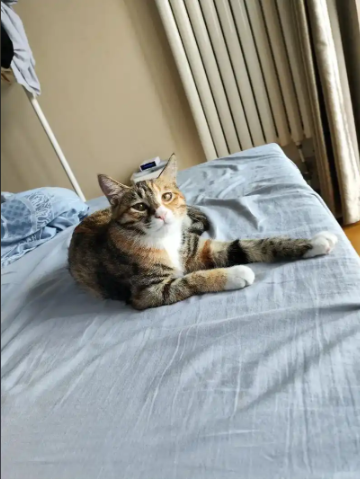
03.Lively: A “Perpetual Motion Machine” with Endless Energy
They are energetic and vibrant, and they love to exercise.
Typical manifestations include: showing great enthusiasm for interactive toys like cat teasers and laser pointers, and being able to play with them for extended periods. They are adept at inventing their own games, such as kicking a small ball of paper around, which they enjoy immensely.
These cats are typically young or have always enjoyed exercise. They are naturally energetic and have high energy levels, allowing them to handle various emergencies with more stamina. Furthermore, their optimistic nature drives them to proactively seek out fun and explore.

04.Interactive: A Socially Adept Cat
They are friendly and enjoy interacting with humans, and they know how to do so.
Typical signs include: spending their afternoons at the door, even rubbing against your legs or flipping over their belly; they enjoy being in groups, squeezing onto sofas or laps, and won’t stay alone; they’ll bring toys to your feet and actively seek interaction.
These cats typically view humans as companions. Growing up, they develop strong, positive associations with them, viewing them as friendly, warm companions and a source of enjoyment. Furthermore, they are highly adaptable learners, understanding which behaviors (such as rubbing against people, meowing, and rolling around) effectively elicit desired responses (petting, treats, and play) from their humans.
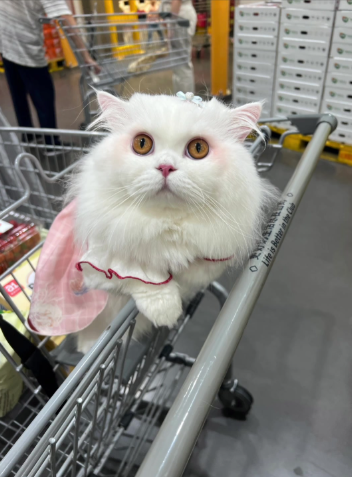
05.Intelligence: A “Strategist” Who Assesssing the Situation
They quickly understand their surroundings, assess their circumstances, and act accordingly.
Typical manifestations include: identifying a family member who is the most compassionate and specifically seeking out that person whenever they crave a treat; and assessing the situation and even resorting to bullying when encountering minor conflicts with other people or cats.
These cats possess exceptionally keen observational skills, able to assess subtle details, changes in their owner’s tone of voice, and eye contact (an 2018 Hungarian study found that many cats can do this). Furthermore, they possess a strong learning ability and are able to develop a certain level of causal logic (research indicates that few cats can do this).
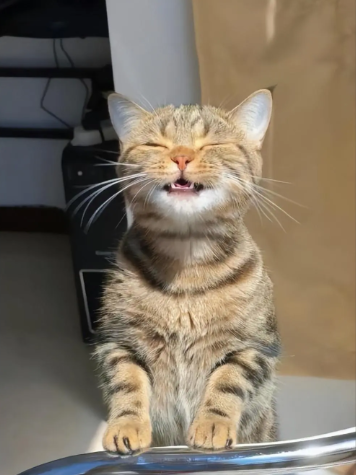
06.Exploratory Desire: The Curious “Investigator”
They enjoy exploring unknown objects and situations.
Typical manifestations include: sniffing and rubbing at any new object in the home; spending considerable time on windowsills observing birds, fallen leaves, and people, and making “clicking” sounds to express interest and prey; and inspecting and marking their territory in new environments.
These cats need a lot of mental stimulation to avoid boredom, and exploring the unknown is the best way to satisfy their social and curiosity needs. At the same time, they are more inclined to collect information, assess the environment, and have a comprehensive control over their territory to facilitate encountering and processing new information.

